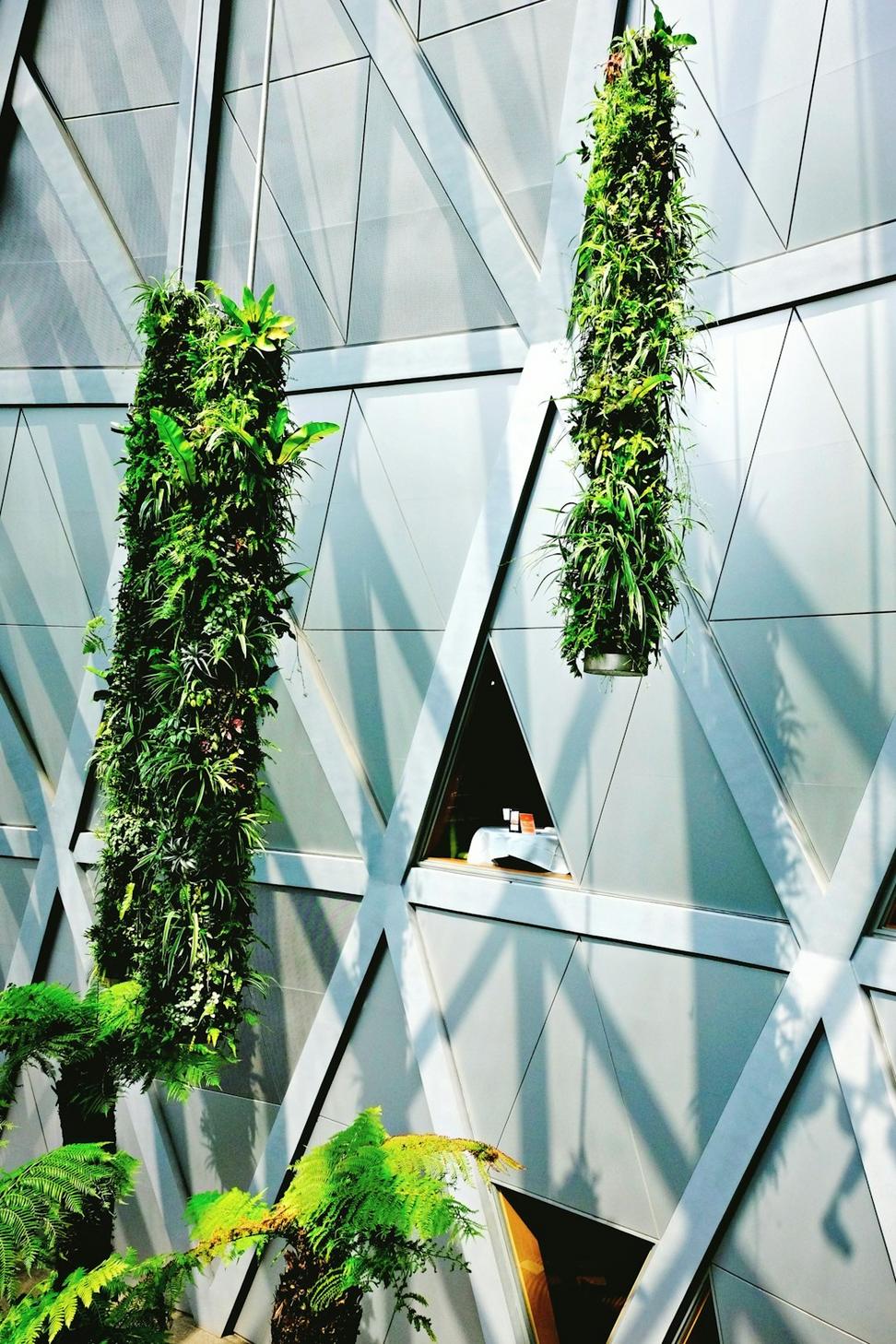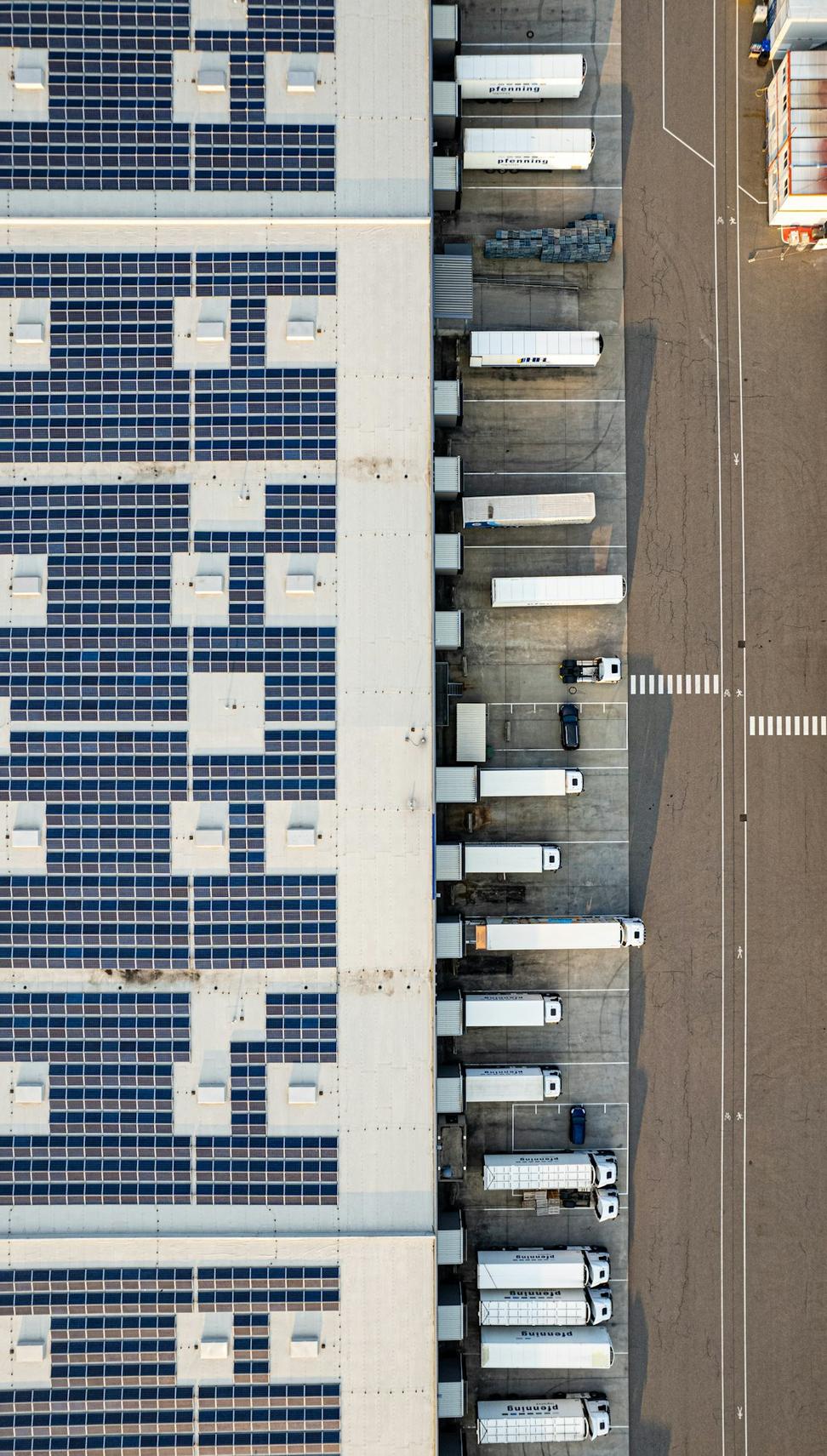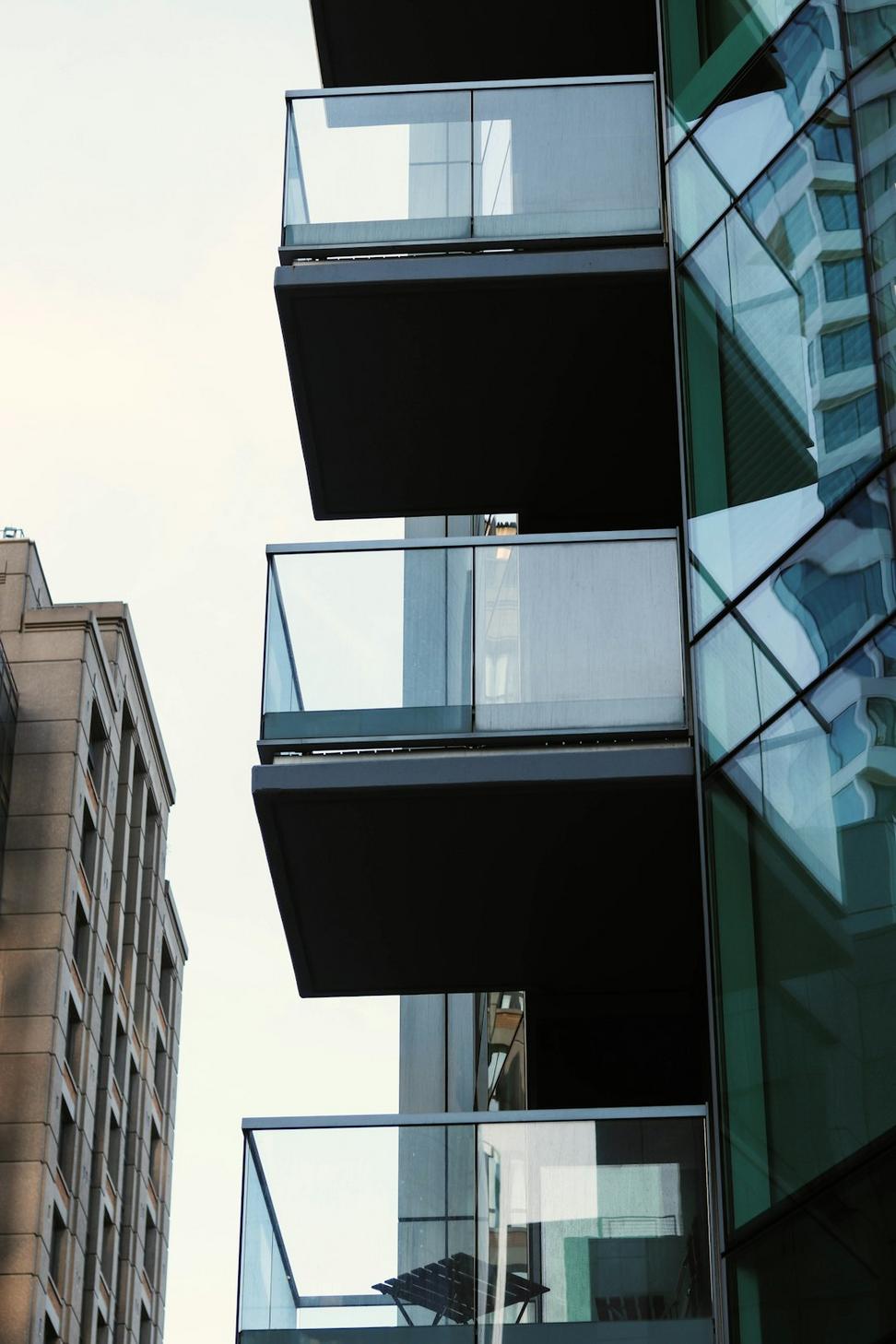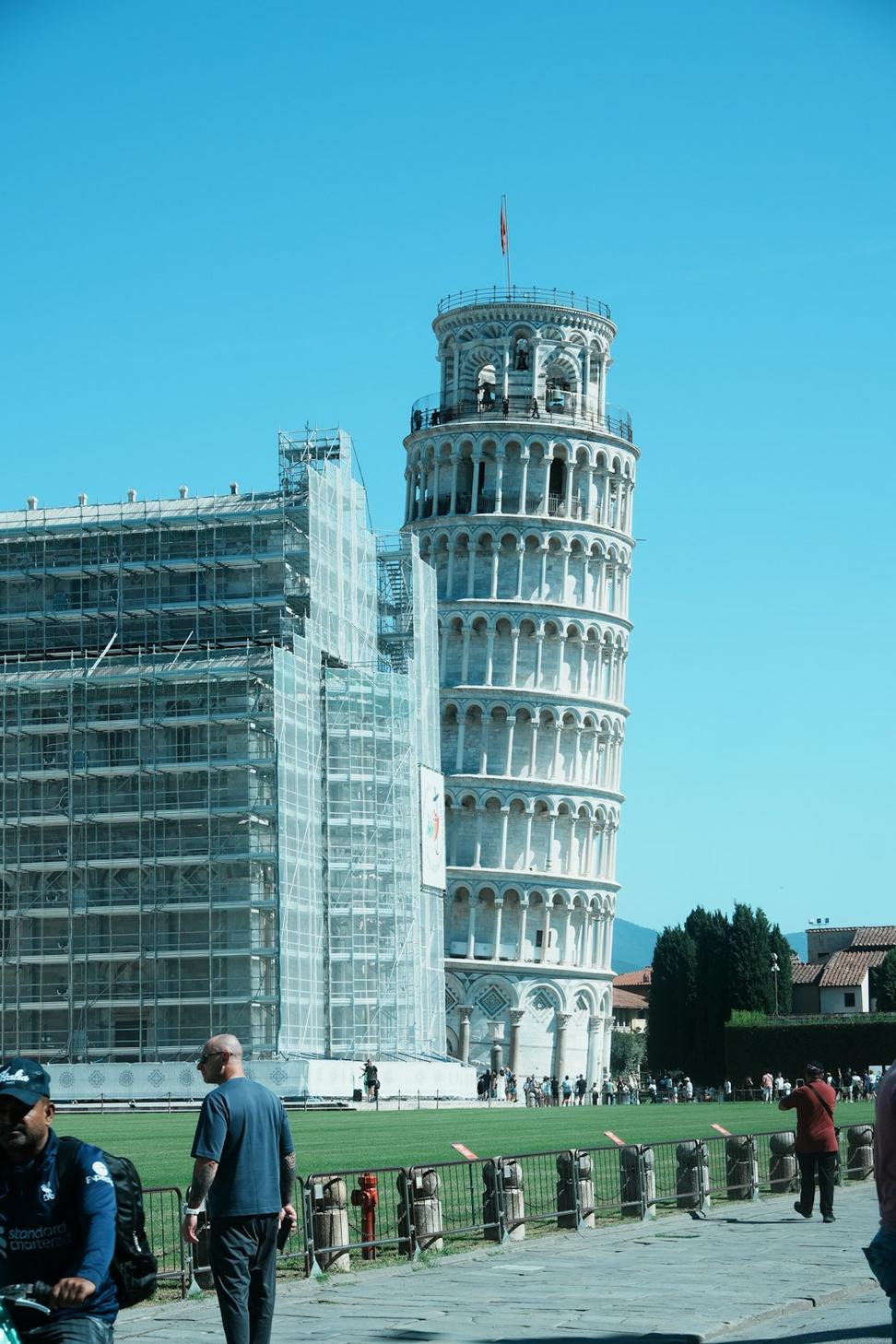Look, We're Not Perfect (But We're Trying)
Gonna be honest with you—sustainable design isn't some magic solution we stumbled upon. It's been years of trial, error, and learning what actually works versus what just sounds good in a brochure.
When I started in this field back in 2009, "green building" was mostly about slapping some solar panels on a roof and calling it a day. But we've come a long way since then. Now it's about rethinking everything from materials sourcing to how a building breathes, how people move through spaces, and yeah—how much energy we're really consuming.
Our approach isn't about hitting some arbitrary sustainability checklist. It's about creating spaces that make sense for the environment they're in, reduce waste where it matters, and don't cost the earth to maintain over the next 50 years.
Here's something we're proud of:
Our projects have reduced carbon emissions by an average of 43% compared to conventional builds in the same categories. That's not just numbers—that's real impact.



